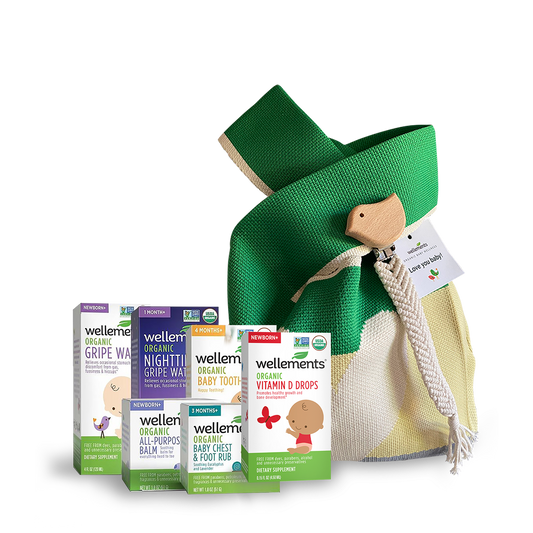Breastfeeding, Pumping & Bottle Feeding: Beginner's Guide To Transitioning & Combining It All
| updated:Share

There are plenty of new tasks and adjustments when your little one arrives, and pumping does not need to be an initial concern for most new mothers. Typically, the only reason to begin pumping immediately is when you face a supply shortage, but your anxiety around motherhood might be creating issues where there are none.
The general rule is to wait to start pumping until your baby is around six weeks old. You can use hand expression for any excess milk supply during this initial phase.
Once you hit that magic age and it is time to begin pumping, you might experience some initial anxiety and trepidation. Thankfully, the process is straightforward, and learning to transition from breastfeeding to pumping and bottle feeding is easy.
How & When To Pump
Pumping is necessary whenever you are separated from your infant for four hours or more. Separations can occur for various reasons, but for most new moms, it involves work or nights out with their hubby, friends, or family.
You should note that pumping is necessary every two to three hours when nursing is impossible. It is best not to let milk sit stagnant in the breast, which can lead to a buildup of FIL — a protein responsible for communicating milk usage — and cause clogs or blockages from fatty milk.
The frequent flow of milk also helps flush the ducts and nipples of yeast and bacteria. Waiting too long to pump can lead to complications like thrush and mastitis.
4.6 /
5.0
(41)
41
total reviews
Newborn Bundle
Sale price
$72.00
Covering the Cost of a Pump
While you might worry about the cost of breast pumps — some can electric pumps can cost over $185 — many insurance companies now cover pumps. It is worth contacting a representative to discuss your options.
Using a Pump
It is best to start with one to two pumping sessions per day up to two weeks before you need the milk. Most mothers find that pumping in the morning is easier because of the overnight volume.
It is best to keep pumping sessions to 15 to 20 minutes, once every two to three hours, similar to a feeding schedule. For a typical eight-hour workday with a total commute of 60 minutes, your baby will need nine to 10 ounces to get through.
Finally, do not panic if pumping output seems a tad low, it is not a fair measurement of actual production or supply. However, many mothers find that having objects that smell like baby help the body respond to the pump.
Breastfeeding Schedule
In general, a baby needs to feed every two to three hours, and this schedule will likely remain throughout the first year, with subtle changes for convenience. As your baby grows, it is possible to stretch feedings to every three to four hours and drop a feeding or two at night.
Scheduling is important to mothers and infants, but you can favor on-demand feeding, which allows the baby to take the lead on feeding times. However, even if you adopt this feeding strategy, know that scheduling is often required.
Bottle-Feeding Routine
How often you bottle feed your baby is up to you. Most mothers take on a part-time routine, allowing bottle feeding during the workday and committing to breastfeeding at night. Other women choose to convert to only bottle feeding once they go back to the office.
In either case, the feedings should mimic the same schedule as breastfeeding. Feeding every two to three hours and eventually, every three to four ensures the baby gets enough nutrients and is satisfied.
Keeping your baby well-fed is key to their nutritional health and wellness. However, it is also crucial to ensure the child gets all the vitamins and support they need. For additional help, check out Wellements nutritional supplements and support for infants.



